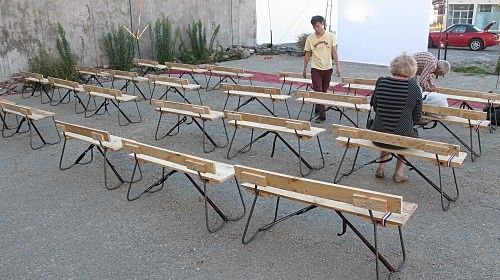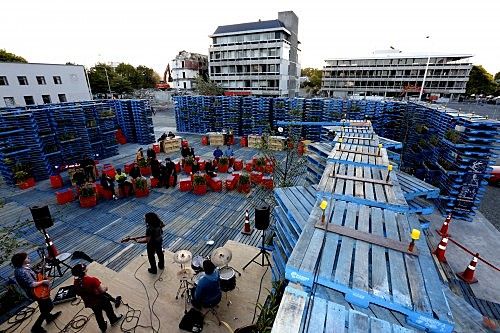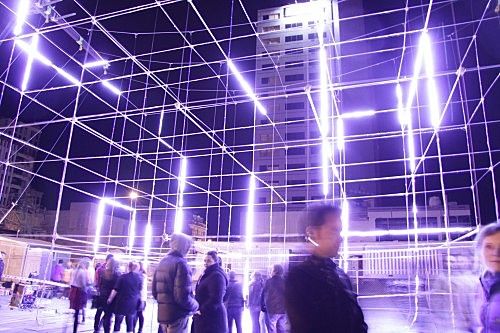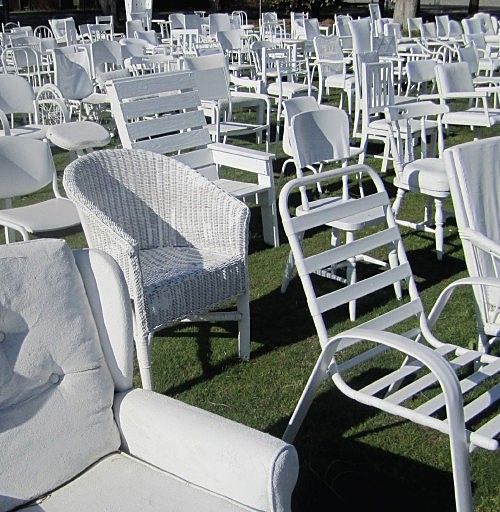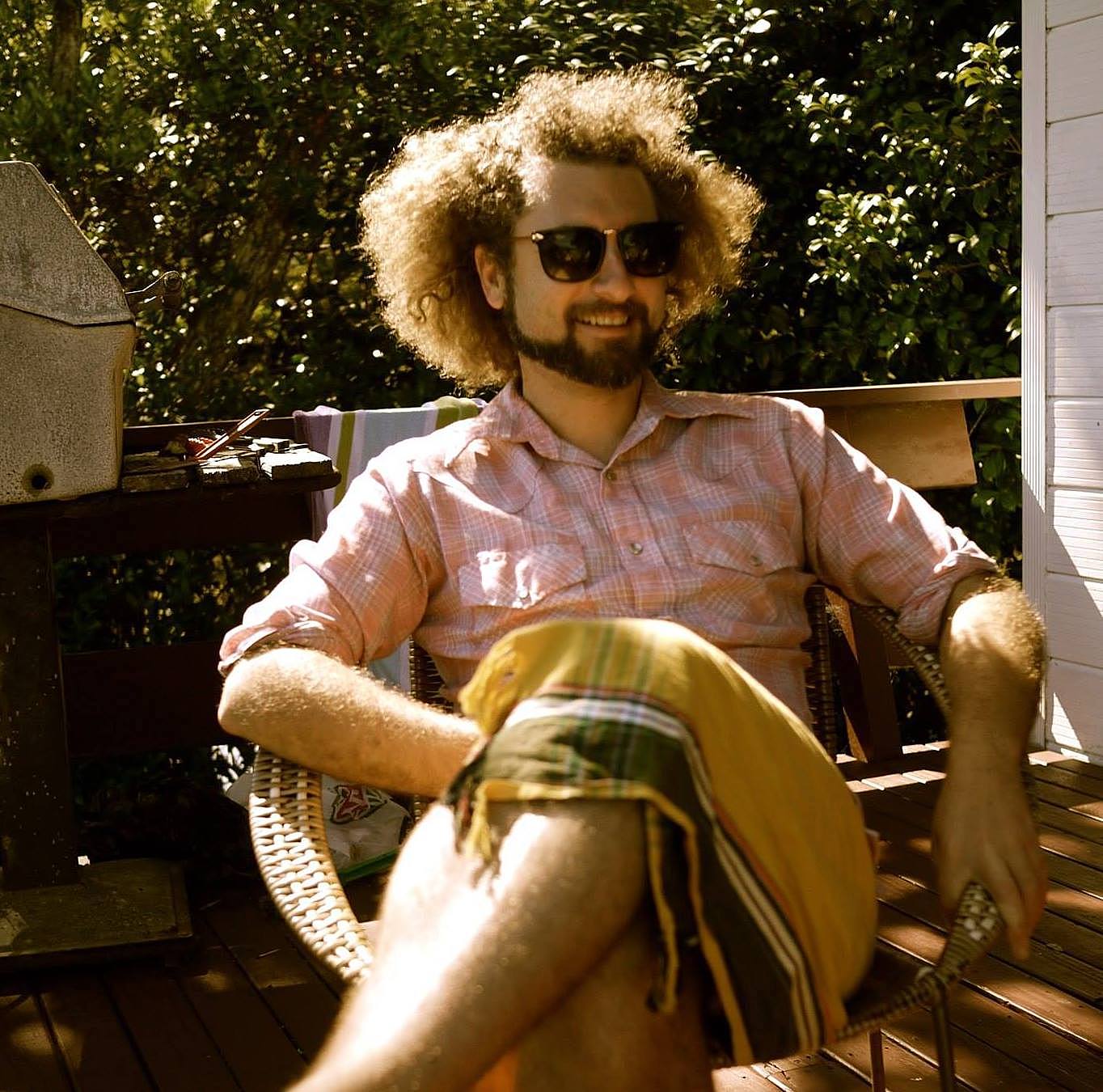Christchurch: The Transitional City
Six temporary projects from a city still dealing with tragic loss and massive changes to its urban fabric, excerpted from the book Christchurch: The Transitional City Pt IV
Christchurch: The Transitional City Pt IV (part IV, as in, its fourth transition) is a collection of 153 temporary and transitional projects that have occurred in Christchurch since the September 2010 earthquake. It illustrates a city dealing with tragic losses and massive changes to its urban fabric - including losing 80% of its central city buildings and around 10,000 houses - and the hopes, frustrations, and dreams that all this entails.
The book is the first to document these many projects: acts of protest, improvised community constructions, artworks (both legal and improvised), bars, cafes, temporary stadiums, shopping centres, and much, much more. Most of the projects are realisations of simple ideas - a place to play sport, a theatre production, a shop, a bar - but they bear witness to a profound time in this city’s history: in the threads that link the whakapapa of these projects, remarkable lessons are to be discovered.
It's also something of a how-to manual, aiming to contribute to the intelligent and creative rediscovery of Christchurch City. This book is both archival and political. It's designed to both document and incite.
Designed by one person, edited by three, with assistance from around seventeen, and support from another fifty or so, the book emerged in a fashion typical of projects in a transitional city - with a speculative vision, lots of discussion, a ridiculous deadline, supportive local businesses, and with commitment long before funding was realised. The book - as an artefact itself - is a transitional project.
There are many narratives emerging from Christchurch. The transitional is just one of them. Even within the transitional there are many different and overlapping stories, and one of these is the problem of facing such emptiness in an urban environment. This strange sense of being in the middle of something, yet being surrounded by nothing more than the odd unbroken tooth and a collection of fading memories. And in this desolation emerge uncomfortable moments of optimism and inspiration. The introduction to the book discusses this:
You can’t stand in the middle of Christchurch CBD and not feel the chaotic reality of life – its movement and transience. You cannot stand there and feel untroubled. It is profoundly unsettling to see these streets, buildings, and memories shaken into small parts by the twin forces of natural earthquakes and man-made economics, loaded up into trucks and dumped into great mounds near new subdivisions. In Christchurch, a famously insular town with strong creative undercurrents, we are more aware than ever that cities are, like life, always transitional. We have been offered an extraordinary opportunity to embrace this impermanence and find original, economic, and appropriate solutions to the very real challenges we all face.’
Here are six projects that tell part of this little story:
Tati/Playtime
A design competition was run by Gap Filler and the winners were asked to construct a temporary cinema to show films by French director Jacques Tati over 2 weeks. The final design was based on the night club scene from the film Playtime and featured an actor opening an invisible door to a cinema constructed of reinforcing bar and pallet seats, and a painted red carpet.
CCC Temporary Street Furniture
As the central city opens up, the Christchurch City Council is inhabiting otherwise reasonably dire streetscapes with colourful and engaging temporary street furniture. The suite has movable planters, seating and bollards, which clearly show their temporary nature, are cheaper than permanent equivalents and are largely manufactured of recycled materials. Design and construction of by F3 Design.
Best Demo
A paste up award for the quality demolition of the Crowne Plaza.
Pallet Pavilion
The Gap Filler Summer Pallet Pavilion project showcases some of the possibilities temporary architecture holds for Christchurch post-quake. The aim is for a visually engaging, dynamic and evolving space that is a delight to spend time in. The Pallet Pavilion project was conceived to bring life back to a vacant site in the city and function as a space for live music, community use and events. The design process for the pavilion aimed to be collaborative and serve as a learning experience for recent graduates of architecture and landscape architecture.
Luxcity
LUXCITY, the opening event for the Festival of Transitional Architecture (FESTA), was a city made from light for one night. Over 350 architecture and design students from across New Zealand designed and constructed 16 installations that used light to create spaces for pop-up functions: bars, cafes, live music venues, theatre and a gallery. The whole of Christchurch was invited to return to the vacant city centre on to enjoy and experience this unique urban atmosphere. Between 20-30,000 people turned up to the first major event in the central city since the February earthquake.
185 Empty Chairs
A temporary art installation by Peter and Joyce Majendie. reflecting on the loss of lives, livelihood and living in our city following the earthquake on 22 February 2011. One hundred and eighty five square metres of grass depicting new growth, regeneration. One hundred and eighty five white chairs, all painted twice by hand as an act of remembrance, each one different. This installation is temporary – as is life.
Barnaby will be talking about the book, the projects, and its impact on the city at the Writers & Readers festival on Sunday. You can buy the book here.

